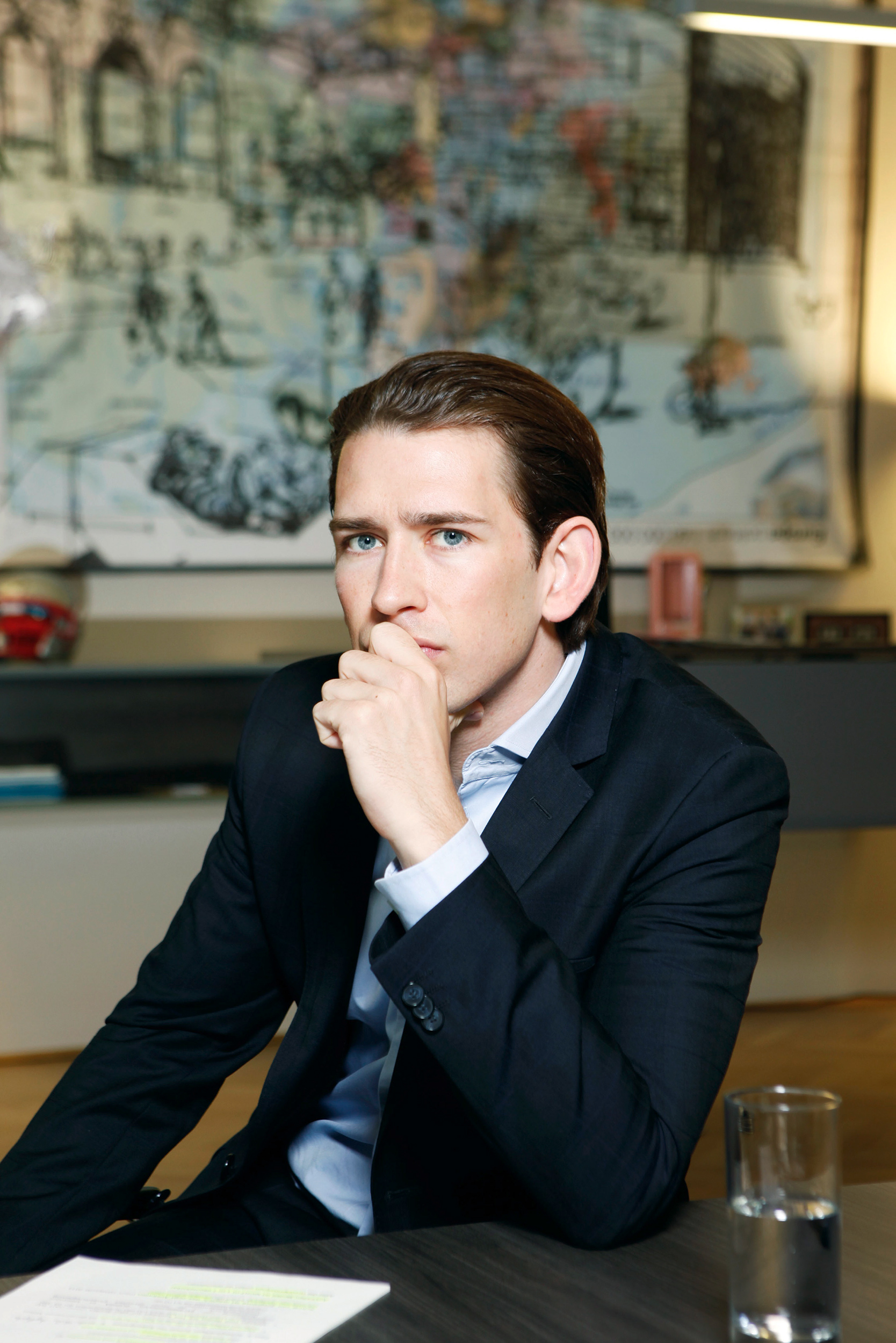When Europe’s refugee crisis peaked in the fall of 2015, Sebastian Kurz, Austria’s federal minister for Europe, integration and foreign affairs, found himself on the front lines. Up to 10,000 asylum seekers, mostly from the war zones of Iraq and Syria, were coming into the European Union each day. But Kurz felt ignored when he urged his peers to manage the influx more responsibly. Then only 29 years old, the center-right lawmaker had less than two years of experience as a diplomat.
“It was the toughest time in my career,” he says of that period. By the end of 2015, around 90,000 people had sought asylum in Austria, a sixfold increase from previous years, overwhelming the system designed to deal with them.

That’s when Kurz went rogue. Against the objections of the E.U., he negotiated a deal between Austria and several Eastern European countries to close off the migration route through the Balkans in early 2016. It worked. The number of arrivals began to drop dramatically, and Austria and other European countries were able to forge more sustainable responses to the crisis.”
His position is neither radical opposition to migration nor open borders at any cost, but a third, more pragmatic way—easing the flow of migrants, while working to process and integrate those who have already arrived. Other European leaders have copied his approach, and Kurz no longer struggles to be taken seriously. “They saw what works,” he says. “And they understood it.”
- Cybersecurity Experts Are Sounding the Alarm on DOGE
- Meet the 2025 Women of the Year
- The Harsh Truth About Disability Inclusion
- Why Do More Young Adults Have Cancer?
- Colman Domingo Leads With Radical Love
- How to Get Better at Doing Things Alone
- Michelle Zauner Stares Down the Darkness




